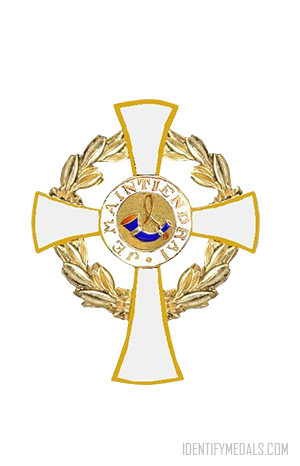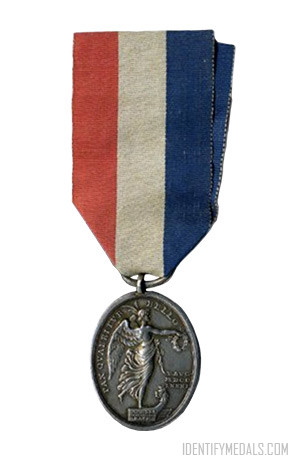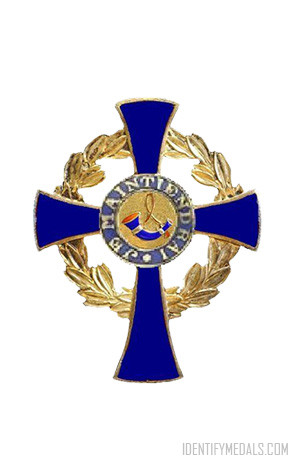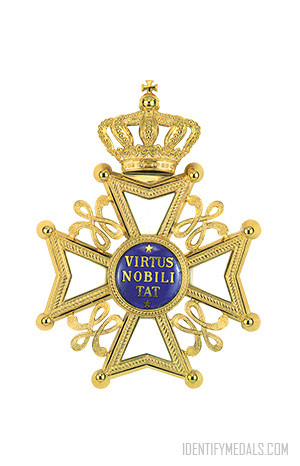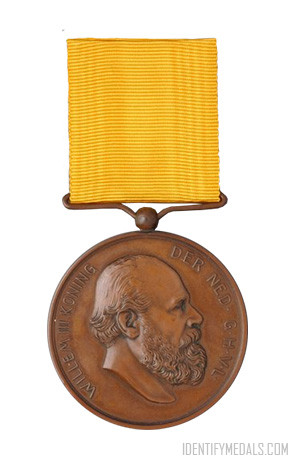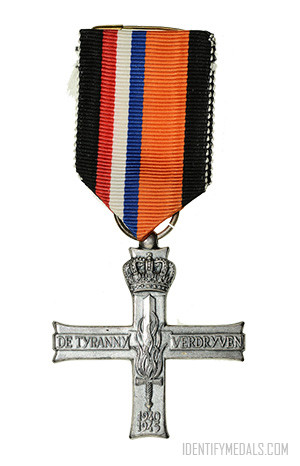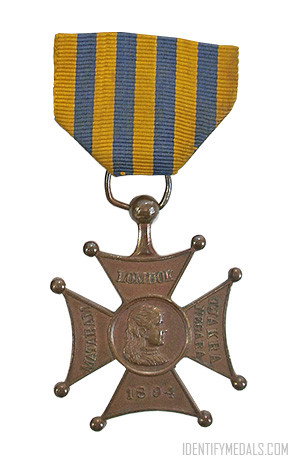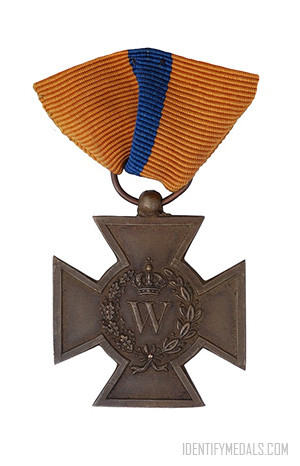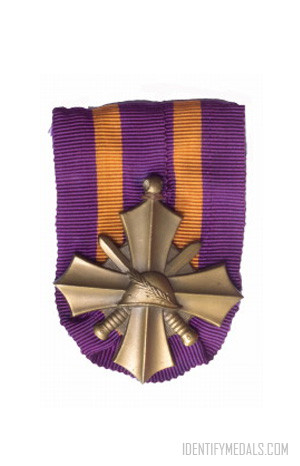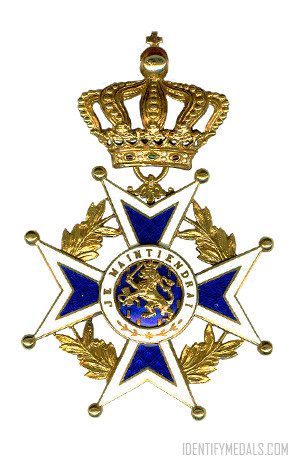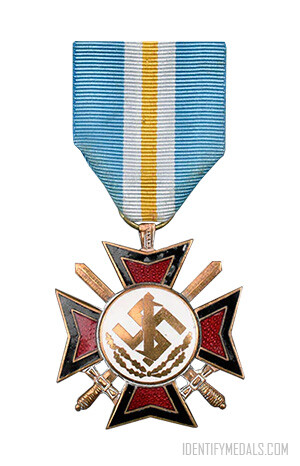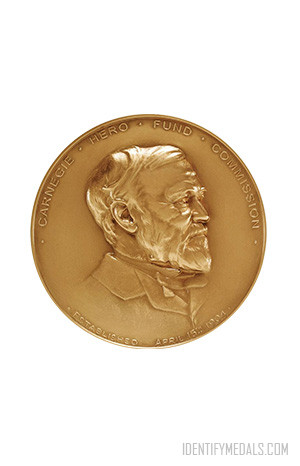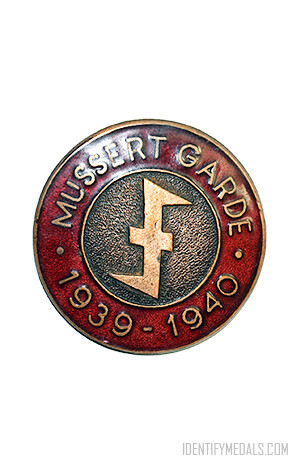- Time Period: Post-WW2
- Institution: 30 November 1969
- Country: Netherlands
The Order of the Crown (or Kroonorde in Dutch) is a house order of the Dutch Royal House that came into being as a result of Queen Juliana‘s reorganization of the Order of the House of Orange in 1969.
The 18 classes of the house order were no longer felt to be appropriate in the ever more egalitarian Dutch society of the 1960s. The Order was divided into five subdivisions. As a house order, it is not subject to ministerial responsibility or influence but is awarded at the discretion of the Dutch monarch alone.
The Order of the Crown is intended for “foreigners who have rendered special service to the Dutch King or his House“. The former queen, Beatrix, instituted a silver medal to commemorate state visits.
The Order of the Crown has the traditional five grades and three medals. This allows the Dutch monarch to dispense the decorations according to rank especially during state visits.
The Order of the Crown Design
The insignia vary considerably depending on the grade:
- Grand Cross (Grootkruis) – badge may be worn on a sash on the right shoulder, plus a 4-pointed star on the left chest;
- Grand Honorary Cross with Star (Groot erekruis met Plaque) – wears the badge on a necklet, plus a 4-pointed star on the left chest;
- Grand Honorary Cross (Groot erekruis) – wears the badge on a necklet;
- Honorary Cross with Rosette (Erekruis met Rozette) – wears the badge on a ribbon with a rosette on the left chest;
- Honorary Cross (Erekruis) – wears the badge on a ribbon on the left chest;
- Medals in Gold, Silver and Bronze (Medaille in goud, zilver en brons) – wears the medal on a ribbon on the left chest.

